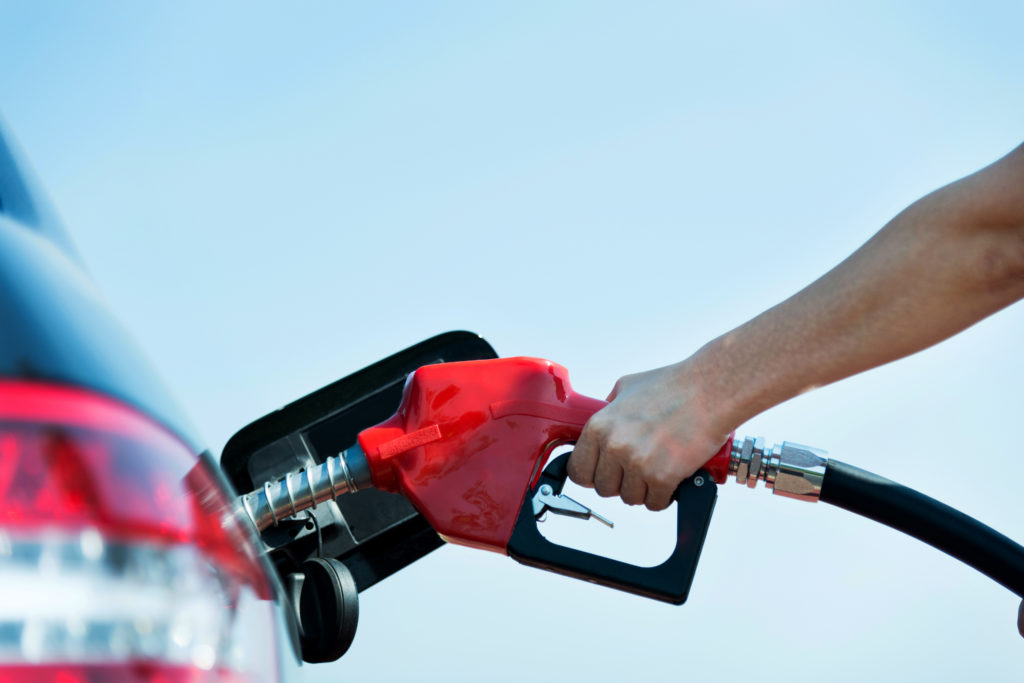
What is AAA expecting on the roads Thanksgiving week 2022?
Nearly 49 million Americans are driving to their Thanksgiving destinations this year between Wednesday and Sunday, a slight increase from 2021. Despite higher gas prices, travelers are hitting the road in a big way this holiday, for what is expected to be the third busiest Thanksgiving since 2000. The national average for a gallon of regular at the start of Thanksgiving week was $3.66, down 11 cents from the previous week.
How have gas prices fluctuated this year?
Americans have been on a roller coaster with gas prices this year. 2022 started with a national average of $3.28 then climbed to $5.01 in mid-June, the highest recorded national average since AAA began collecting pricing data in 2000. Several factors contributed to the summer spike, including the war in Ukraine, tight global supply, and increased domestic demand. To ease the pain at the pump, Americans adjusted their daily driving. Earlier this year, AAA released survey results that showed most people were driving less, combining errands, and reducing shopping or dining out to offset high gas prices. But when it comes to vacations and holiday getaways, Americans will travel regardless and make cutbacks in other areas.
Should drivers brace for another spike before the year ends?
The two primary factors in pump prices are demand (the number of people fueling up) and the cost of oil. Because demand tends to dip during the winter, as the days get shorter and the weather crummier, oil is the biggest factor this time of year. It’s a global market, so events elsewhere can drive the cost of oil up or down. Right now, the cost of oil accounts for 56% of what drivers pay at the pump. AAA can’t predict what gas prices may do this holiday season, but currently there’s no reason to anticipate a major spike before the end of 2022.
How can I stretch my fuel dollars?
- Tires & Maintenance – keep your vehicle in top shape with routine inspections and make sure your tires are properly inflated.
- Plan Ahead – map your route to minimize unnecessary turnarounds and backtracking. Avoid peak traffic times. Combine errands and go to “one-stop shops” where you can do multiple tasks (banking, shopping, etc.).
- Watch Your Speed – fuel economy peaks at around 50 mph on most cars, then drops off as speeds increase. Reducing highway speeds by 5 to 10 mph can increase fuel economy by as much as 14%.
- Avoid Excessive Idling – a car engine consumes one quarter to one-half gallon of fuel per hour when idling, but a warm engine only takes around 10 seconds worth of fuel to restart. Where safe to do so, shut off your engine if you will be stopped for more than a minute.
- Use “Fast Pass” or “Express” Toll Lanes – avoiding unnecessary stops or slowdowns on the highway helps save fuel.
- Anticipate Road Conditions – watch the traffic ahead and “time” stoplights to maintain momentum and avoid unnecessary stop and go.
- Regular vs. Premium – if regular gas is recommended for your vehicle, that’s all you need. Choosing premium when your car doesn’t require it will only cost you money and doesn’t improve fuel economy.
How do AAA members save even more on gas?
As a AAA member, you can receive discounts at the pump when you fill up at Shell stations. It’s easy and free! Simply register for Fuel Rewards® at Shell to save 30¢/gal on you first fill-up when you join the program by 12/31/23 and make your first transaction within 30 days. After that, enjoy Gold Status every day with no minimum fill-up requirements and save 5¢/gal – up to 20 gallons – at participating Shell stations.
